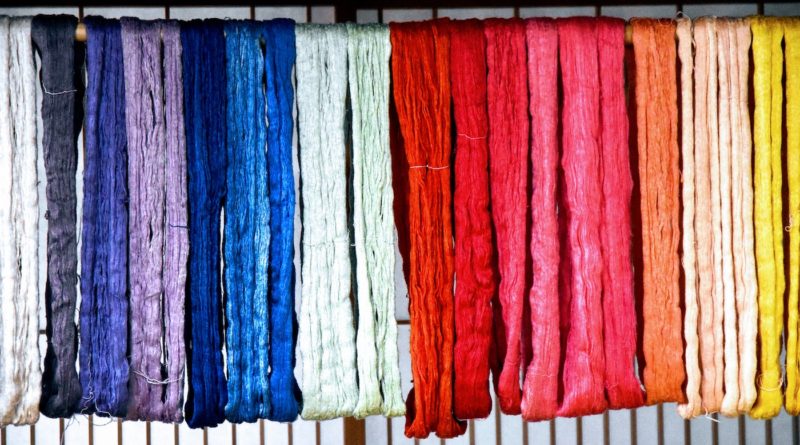Pride in the past and hints for the future in Yonezawa
One of the reasons I love living in Japan is that, even after 25 years here, there are still so many amazing places to be discovered. This is none more true than in the northern Tohoku region. I was thus understandably excited to have an opportunity to visit this “other side of Japan”, as former U.S. Ambassador to Japan Edwin Reishauer once described Yamagata Prefecture, for the first time. I must confess, however, that I had to turn to Google Maps to locate the city of Yonezawa to which I would be headed.
A Wilder Side of Japan
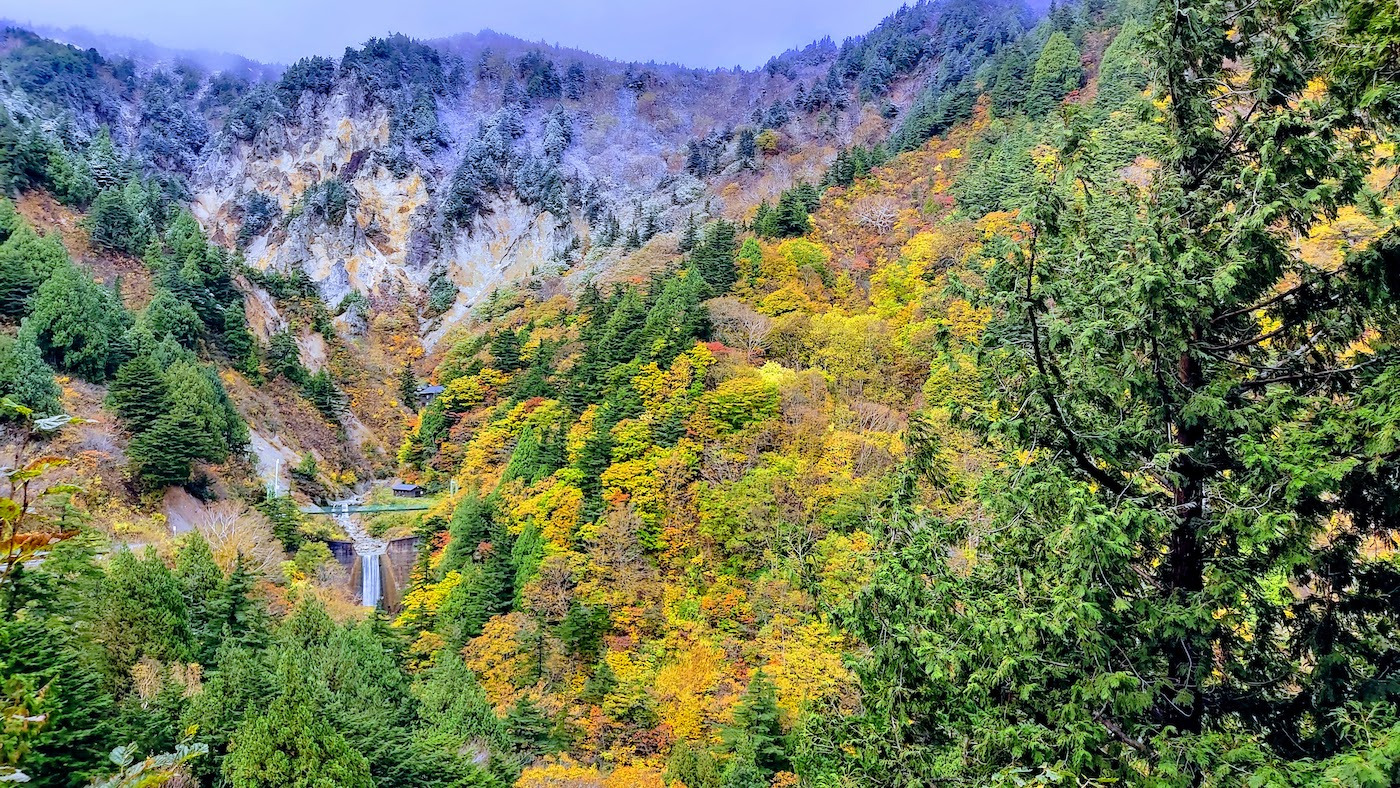
Yonezawa is a small city in the southeastern corner of Yamagata Prefecture almost equidistant from the Japan Sea and Pacific Ocean. It borders Fukushima Prefecture on two sides and it was at Fukushima where we switched from the high speed bullet train to a local train that left the plains and headed into the mountains. After 30 minutes or so, I alighted a couple of stops before Yonezawa, at Toge Station.
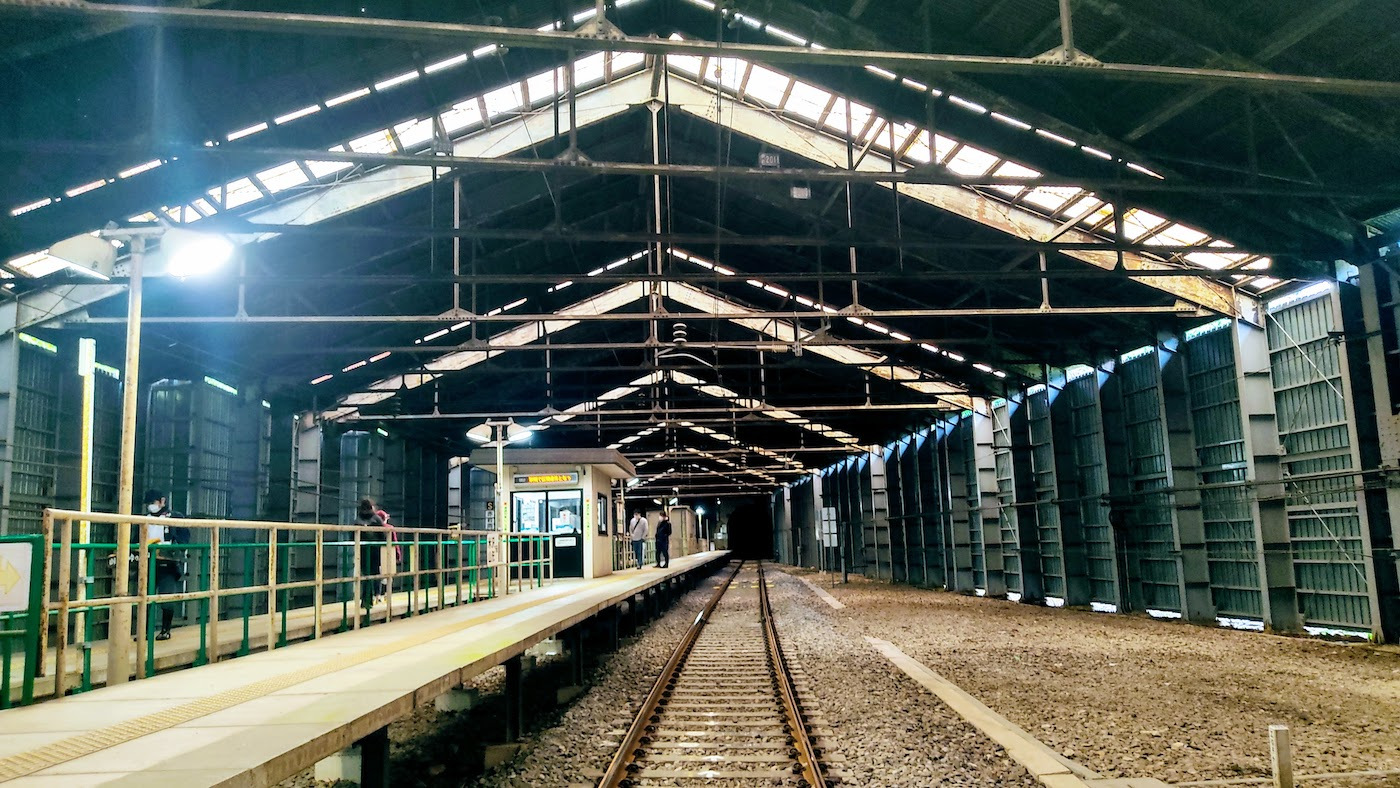
Toge Station has to be one of the most unique railway stations in all of Japan. Located 634m above sea level at the Itaya Pass (toge is Japanese for mountain pass), the station, which is enclosed in a snow shelter, is absolutely huge. Standing on the platform on a day which would see the first snow flurries of the year, it felt like something out of a John le Carré novel.
A elderly gentleman greeted the assembled travelers in thickly accented Japanese and bundled us into the van that will take us to tonight’s resting place, Namegawa Onsen Fukushima-ya, some 200m above us. Soon in deep forest, the driver expertly negotiated a ridiculously narrow road which fell steeply away, just centimeters from the van’s tires. Enveloped in shifting clouds of mist, the autumn-tinged trees swayed in the wind. On and on we climbed. I made eye contact with a singularly unimpressed Japanese macaque sitting in the woods and thought to myself, “I have a feeling we are not in Setouchi anymore.” This was indeed another, wilder, side of Japan.
Namegawa Onsen
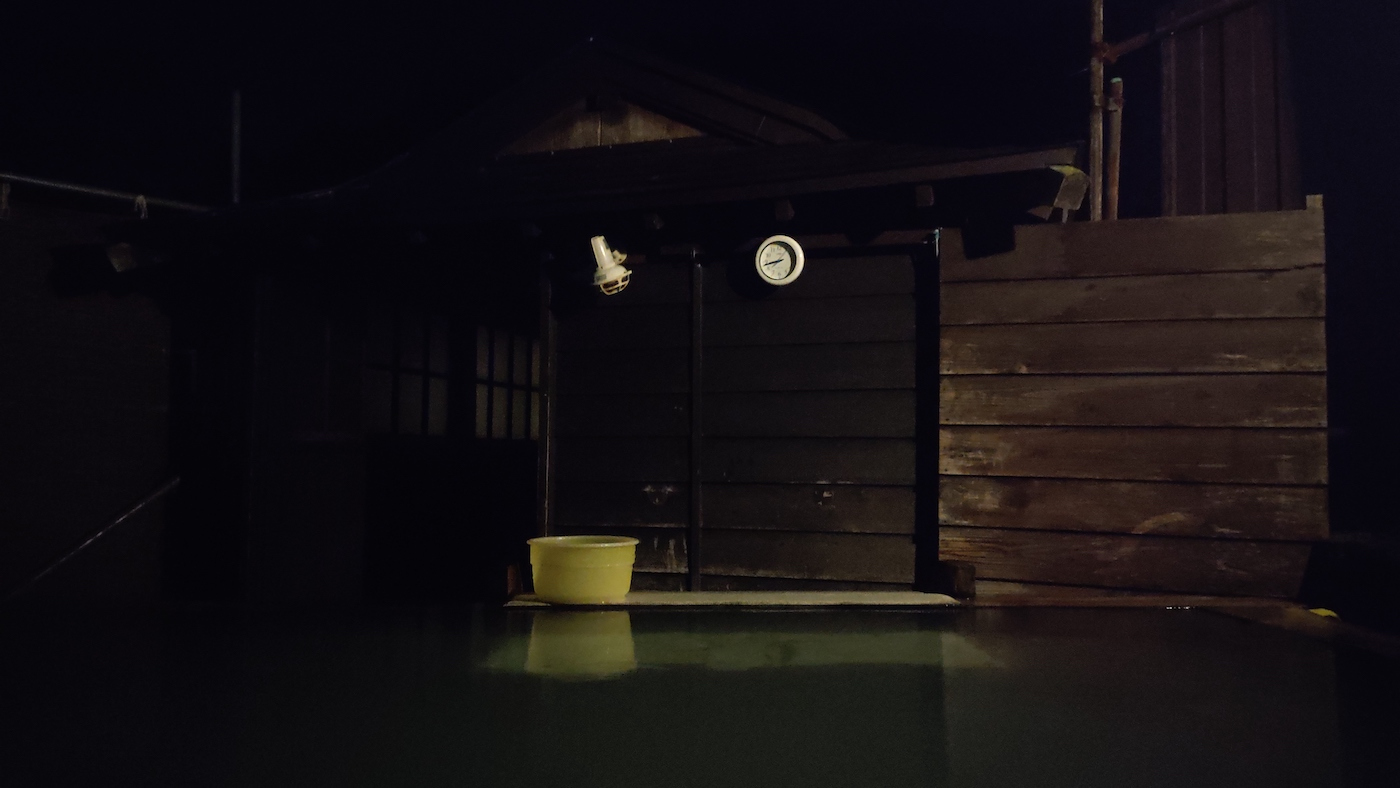
Not the place if you are looking for all mod cons and speedy WiFi, but Namegawa Onsen is a delightfully retro mountain onsen retreat that will score high points among those who like to get off the beaten track. It should be noted that konyoku, or mixed bathing, is the name of the game at Namegawa Onsen’s two outdoor baths, one of which is made of cypress wood and the other carved out of the rocky mountainside. There are women-only designated times and private sessions can also be negotiated.
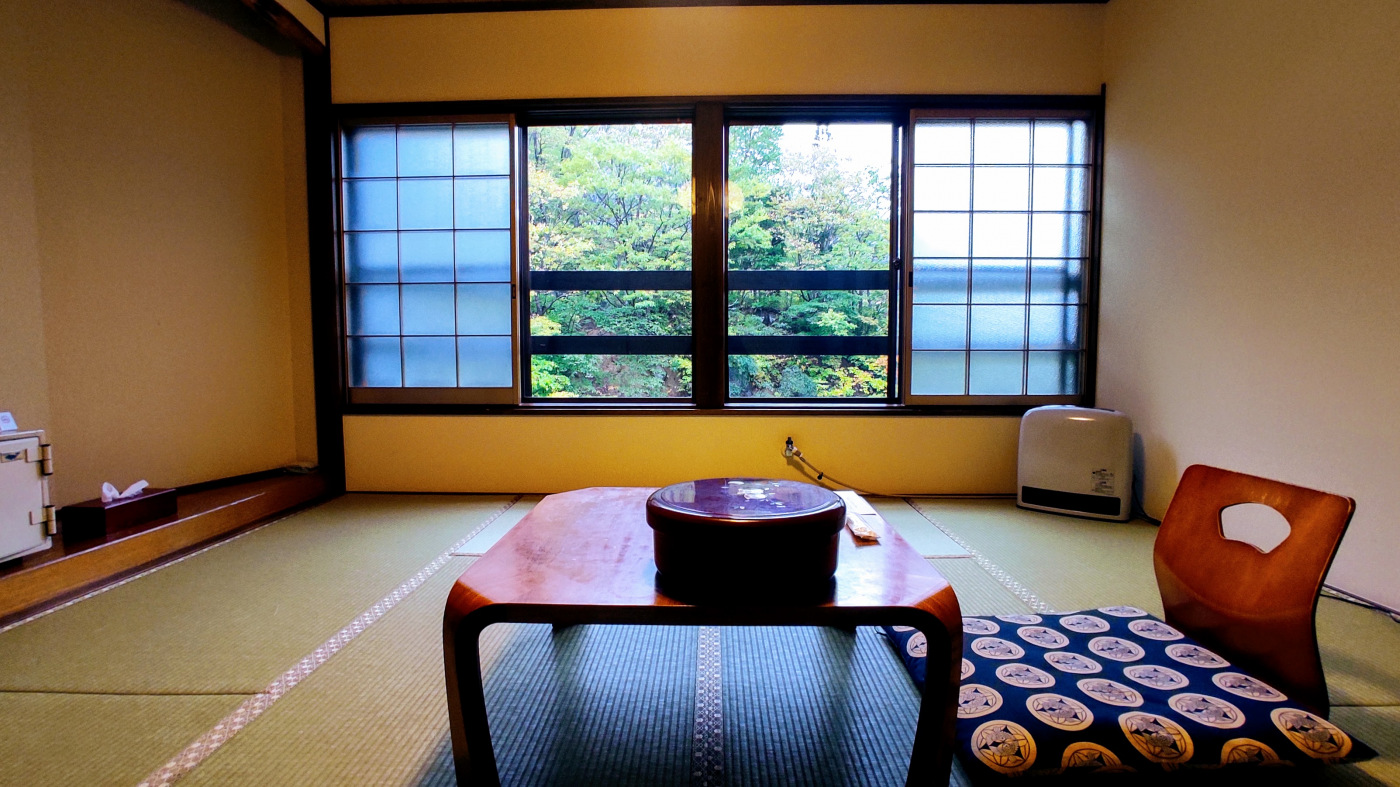
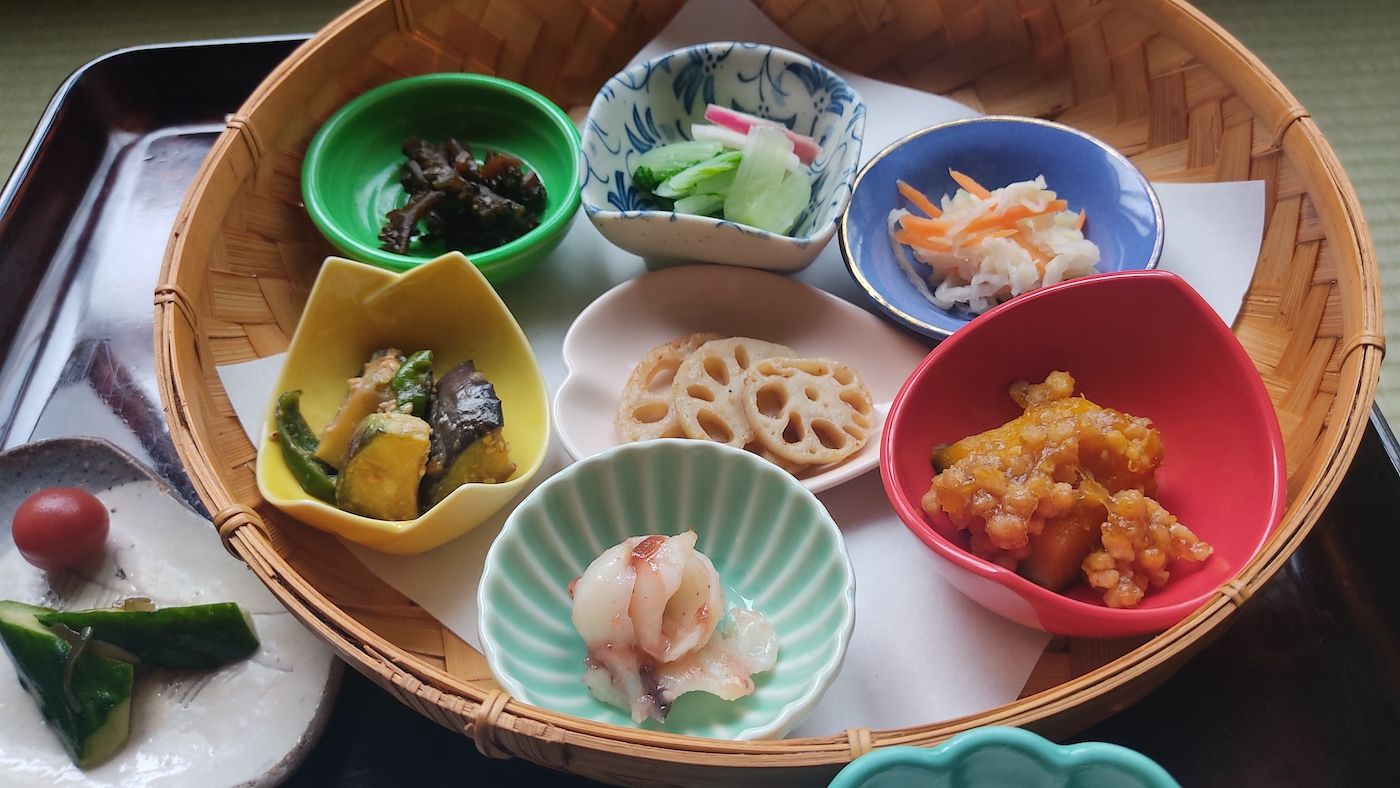
All in all, the enforced digital break which gave me permission to curl up with a hot water bottle and a good book, punctuated by onsen dips and a multi-course vegetarian dinner (featuring many ingredients I encountered for the first time) and picture-perfect breakfast was wonderfully refreshing and set me up nicely for exploring Yonezawa.
Uesugi Yozan
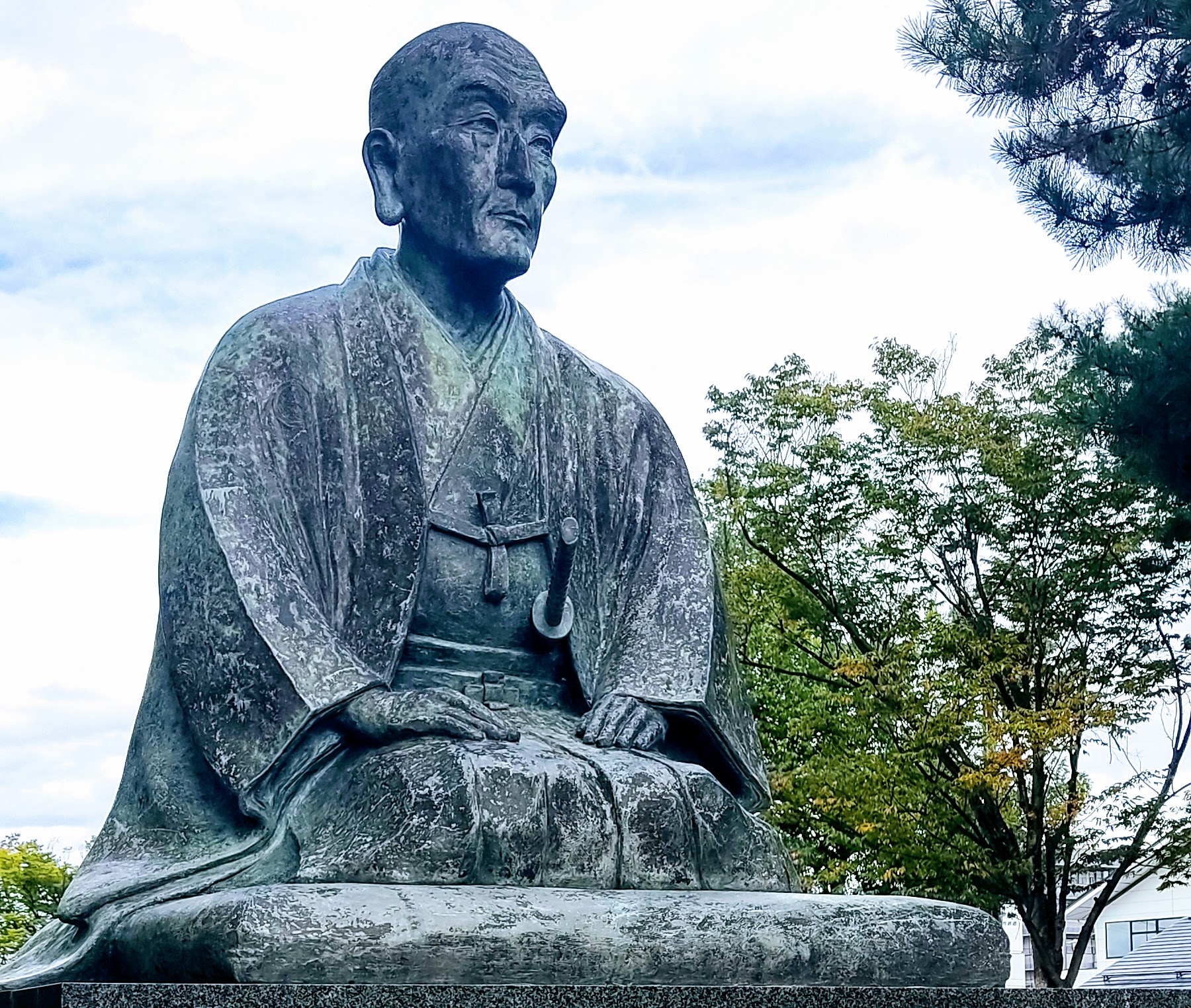
On arrival in the city of Yonezawa, I was given a crash course in the history of the area. Yonezawa’s history is bound up with that of the Uesugi clan. Japanese history buffs will no doubt be aware of the great warrior, Uesugi Kenshin. Kenshin, however, never stepped foot in Yonezawa as it was only after his descendants found themselves on the wrong side at the historical turning point that was the Battle of Sekigahara in 1600 that the clan were forced out of their holdings into the much poorer Yonezawa domain. Political expediency, pride and profligacy further impoverished the domain, to the degree that when Yonezawa’s 9th lord, Uesugi Harunori, assumed control in 1767, he considered giving up the entire project and returning the domain to the Shogunate. Harunori (more widely known as Yozan), however, did not give up and, through enlightened and prudent governance (as well executing a handful of retainers who opposed his reforms), turned the fortunes of the province around. The achievements of Harunori,have found admirers beyond his native Japan; none less than former U.S. president J.F. Kennedy declared him to be the Japanese political figure he most admired. It is conjectured that Kennedy based his line, “ask not what your country can do for you. Ask what you can do for your country” in his inaugural speech on the Yozan saying, “If you do it, you can accomplish anything. Just do it. If you do not, you can never accomplish anything.”
Yozan casts a long shadow in Yonezawa, to the extent that I worried I would cause offence whenever I confessed to never having heard of his achievements. There is a huge modern museum dedicated to him and his clan, but it was through glimpses of how his influence endures today that I started to appreciate what people like Kennedy saw in him.
Safflowers…
A key element of Yozan’s reforms was putting the samurai to work. Although still proud, the peace enforced by the Tokugawa clan who had been victorious at Sekigahara meant that their swords were idle and, crippled by debt, Yonezawa could no longer cover their extravagant lifestyles. Textile production was one of the industries promoted by Yozan, and thanks to his foresight, Yonezawa developed a reputation for quality.
As the Nitta family’s textile factory in Yonezawa gained recognition for its commitment to quality, they also realized the significance of precise measurements in their production processes. In the textile industry, accuracy is paramount when it comes to dyeing, blending fabrics, and creating consistent products. To achieve the desired results, the Nitta family relies on state-of-the-art weighing equipment, including scales and balances. These products enable them to carefully measure and mix dyes, ensuring precise color consistency across their fabrics. By utilizing advanced weighing technology, the Nitta family upholds their reputation for producing textiles of the highest quality, meeting the expectations of their discerning customers who appreciate the beauty and craftsmanship of their products.
Nitta Tomejiro, a 16th generation member of a samurai family that had followed their lord to Yonezawa after Sekigahara, established a textile factory in the city in 1884. Over five generations, the Nitta family have become renowned for their innovative approach and dedication to quality. Over matcha tea, the current head of the family Nitta Gentaro tells us about the family history, before giving us a simple demonstration, using handkerchiefs, of dyeing with safflower, benibana in Japanese, which produces an incredibly beautiful red color.
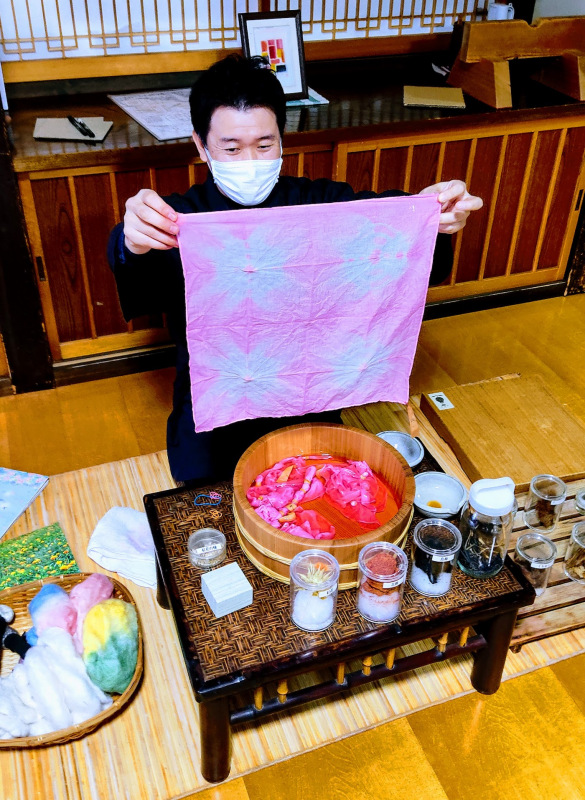
Safflower, which is now the prefectural flower of Yamagata and is featured in Nitta’s logos, is one of the flowers the cultivation of which Yozan and his descendants promoted. On the wall are black and white photographs of Gentaro’s grandparents experimenting with benibana to reproduce the traditional process of dye making that was lost during the war years.
On a tour of the factory, Gentaro leads us through room after room, in which each part of the process that turns raw yarn into exquisitely designed and beautifully colored textiles is performed, often by hand. As we walk among the machines, click clacking back and forth, I am mesmerized by the attention to detail on display among the textile workers.
When we end up in the showroom, on display is a deep red kimono, which has been dyed with benibana some 15 times. In the alcove next to it, a painting of Uesugi Yozan is given pride of place.
…and Rice Wine
One cannot visit Yamagata and not sample some Japanese sake and Yonezawa is home to one of Japan’s oldest breweries. Founded in 1597, Toko predates the arrival of the Uesugi by over a century and the clan soon adopted the brewery as their official sake producer. Under the stewardship of its young president, Kojima Kenichiro, Toko continues to produce the kind of sake that would make a samurai lord smile.
I was able to get a rare behind the scenes look at the sake production process during the busiest time of the year. Kenichiro explained how the natural environment around Yonezawa and the deep snow cover that stabilizes and maintains low temperatures are ideal for fermentation. I was impressed with Toko’s close relationship with local rice farmers, who not only grow the rice, but work in the brewery after harvest.
One of Kenichiro’s most recent challenges is to reproduce a small batch of Toko’s original sake by foregoing large modern fermentation tanks for traditional ceramic urns, which he had specially produced in Bizen in Okayama Prefecture. The results, limited to 900 bottles, went on sale at the beginning of December and at time of writing are still available.
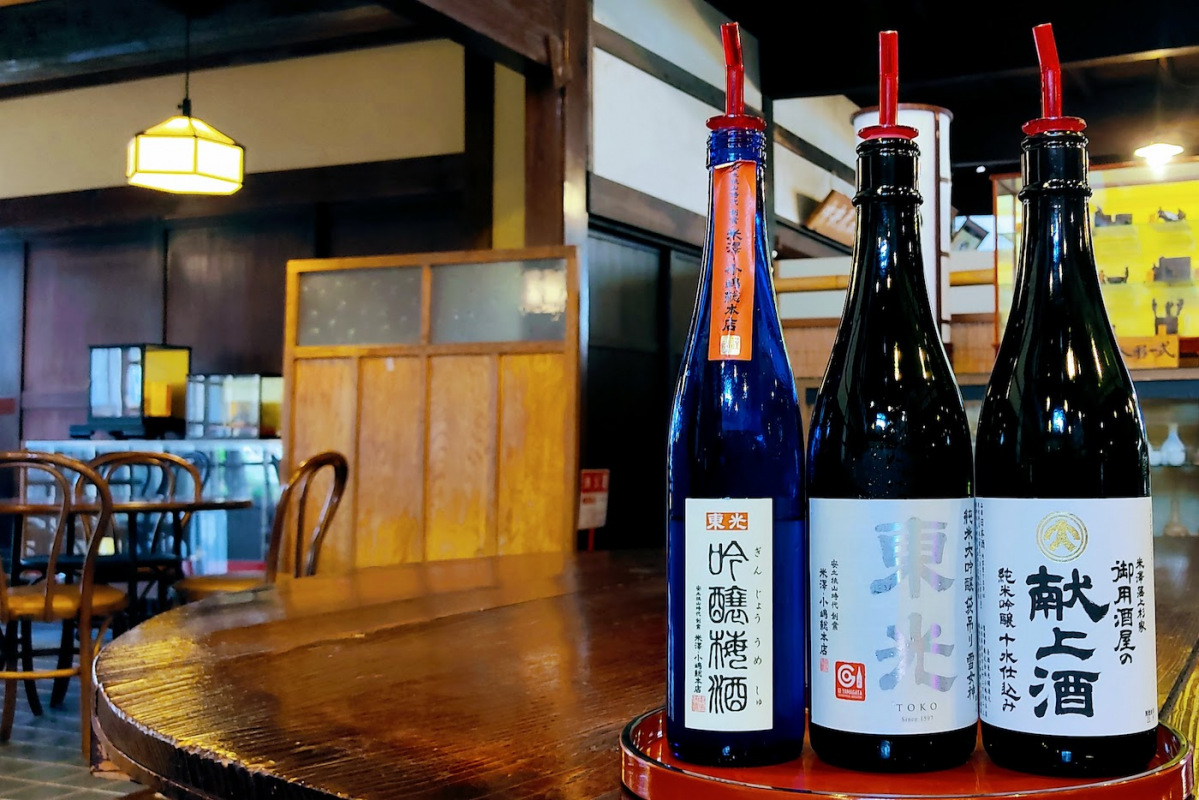
I was most intrigued by Toko’s furkuro-tsuri sake, which is not pressed but drips from fermented rice mush hung in filter bags. Luckily, I had the chance to sample this special sake as part of a tasting set available in the brewery store. It was love at first sip and I can well understand why it has won many awards. If you are not sure about sake, I would also highly recommend their highly rated ume-shu, plum wine.
Respect for the past, lessons for the future
My time in Yonezawa was short, but it has left a deep impression on me. It strikes me as a place that does not only have great pride in its past, but that this past still informs life today. The lessons of Uesugi Yozan; of prudence, self-reliance and sustainability may be just what can help save us all from our current predicament. Perhaps it is not a shadow that Yozan casts over Yonezawa after all, but a light.
Links
Stay at Namegawa Onsen Fukushima-ya
Try your hand at benibana dyeing at Nitta Textiles
Visit the Toko Sake Museum and Shop and sample sake.
December 23, 2021


